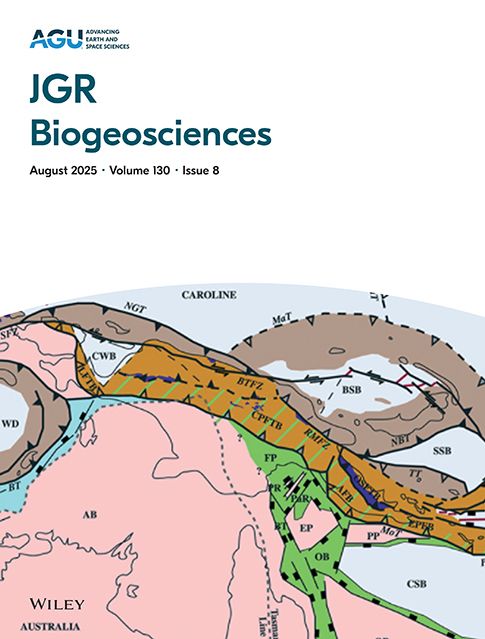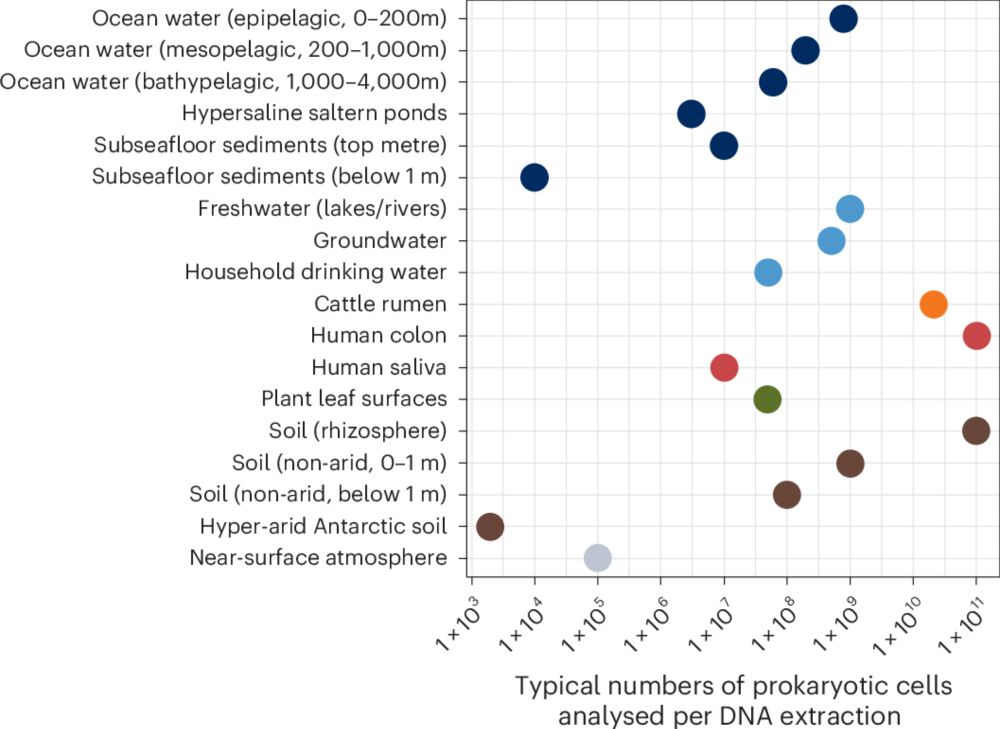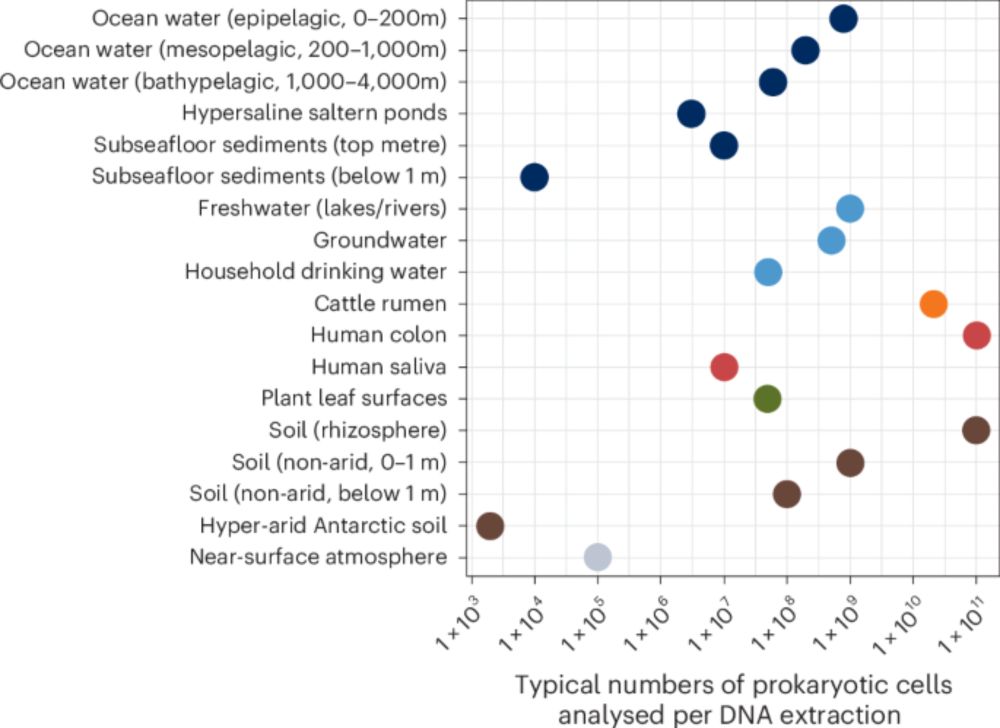Cool study on aerotolerant methanogens! Options they might protect themselves from O2 include biofilm formation in response to O2 exposure and antioxidants (F420-H2-oxidases, rubredoxins, thioredoxins, and peroxiredoxins). This opens up a vareity of new possible habitats for methanogens.
08.08.2025 15:27 — 👍 17 🔁 9 💬 0 📌 0
Masterpiece paper from Ning, Perran, Amelia and co! Great mix of field-based geochemistry, laboratory manipulations, methanogen cultivation, and isolate / environmental genomics. An unexpected feedback between eutrophication and climate change that could shake up how we think about methane budgets.
08.08.2025 03:51 — 👍 11 🔁 5 💬 0 📌 0
2/3 Huc has several exceptional properties for a hydrogen catalyst. It has a high affinity for hydrogen, is insensitive to oxygen and carbon monoxide poisoning, and is also thermally stable. This enables it to use feedstocks like air and waste gases no chemical fuel cell can.
08.08.2025 03:49 — 👍 5 🔁 0 💬 1 📌 0

Nanoengineered bioanode with oxygen-insensitive hydrogenase for sustainable energy harvesting from atmospheric hydrogen and waste gases
Enzymatic biofuel cells (EBFCs) utilizing hydrogenases to oxidize hydrogen offer a sustainable approach to energy conservation. However, the oxygen se…
1/3 Electricity from air! In the top journal Nano Energy today, we report the first fuel cell that makes power from air alone. We achieved this by using the enzyme Huc to oxidize ambient hydrogen. This results in a continuous low-level power from air and higher outputs with industrial waste gases.
08.08.2025 03:49 — 👍 36 🔁 18 💬 1 📌 2
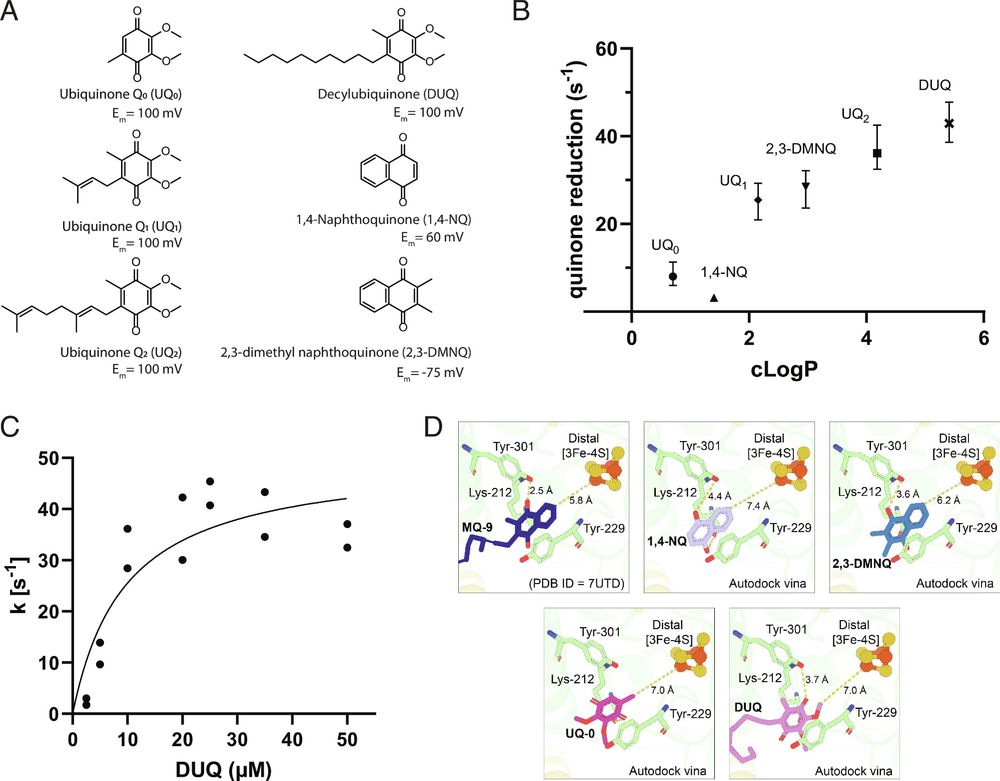
ATP synthesis driven by atmospheric hydrogen concentrations | PNAS
All cells require a continuous supply of the universal energy currency, adenosine
triphosphate (ATP), to drive countless cellular reactions. The un...
Our article showing energy production from air alone is in PNAS today. This paper provides an ultimate biochemical proof that microbes can survive simply by 'making' energy from air (making two ATP per molecule atmospheric H2 consumed) and has biotech applications. www.pnas.org/doi/10.1073/...
25.07.2025 00:54 — 👍 118 🔁 55 💬 4 📌 6
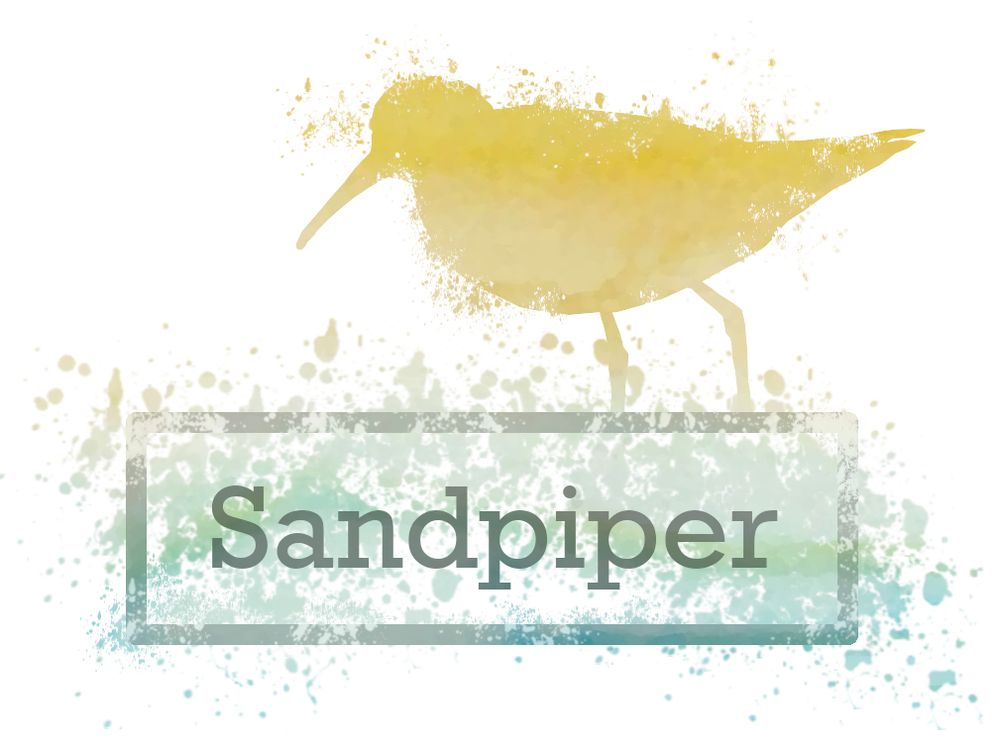
Logo for the Sandpiper website
Out in @natbiotech.nature.com: Metagenome taxonomy profilers usually ignore unknown species. SingleM is an accurate profiler which doesn't, even detecting phyla with no MAGs. Profiles of 700,000 metagenomes at sandpiper.qut.edu.au. A 🧵
16.07.2025 21:59 — 👍 130 🔁 71 💬 7 📌 9
Thank you!!!
16.07.2025 10:33 — 👍 0 🔁 0 💬 0 📌 0
Thanks so much!!!
16.07.2025 10:33 — 👍 1 🔁 0 💬 0 📌 0

Extraordinary keynote lecture by Prof. Chris Greening @greening.bsky.social about Microbial oxidation of atmospheric trace gases: from enzymes to ecosystems.
#FEMS2025 @femsmicro.org
16.07.2025 10:08 — 👍 14 🔁 4 💬 2 📌 0

Getting inspired @femsmicro.org ! Thanks @greening.bsky.social for the very interesting talk !
16.07.2025 10:12 — 👍 5 🔁 4 💬 1 📌 0
Haha! Saw you briefly yesterday but so sorry I missed your presentation!
16.07.2025 08:48 — 👍 1 🔁 0 💬 1 📌 0

Day 3 at #fems2025 started with an exciting and inspiring keynote by Chris @greening.bsky.social on microbes living out of thin air
@femsmicro.org
16.07.2025 08:35 — 👍 6 🔁 3 💬 1 📌 0
That's only half the issue - check out these great Reviews, too!
📝 Oxygen-adapted hydrogenases - @greening.bsky.social et al
📝 RNA processing in innate immunity - Kristen Lynch et al
📝 connexins and pannexins beyond the cell surface - Henrique Girao et al
03.07.2025 16:32 — 👍 0 🔁 1 💬 1 📌 0
A must read. Our lab learned the hard way just how problematic contamination can be! We hope this article will be a wake-up call for many. Many thanks to chief editor Dr Emily White (@emily-white.bsky.social) and co-lead Prof Noah Fierer (@noahfierer.bsky.social) for driving this article.
03.07.2025 15:21 — 👍 4 🔁 0 💬 0 📌 0
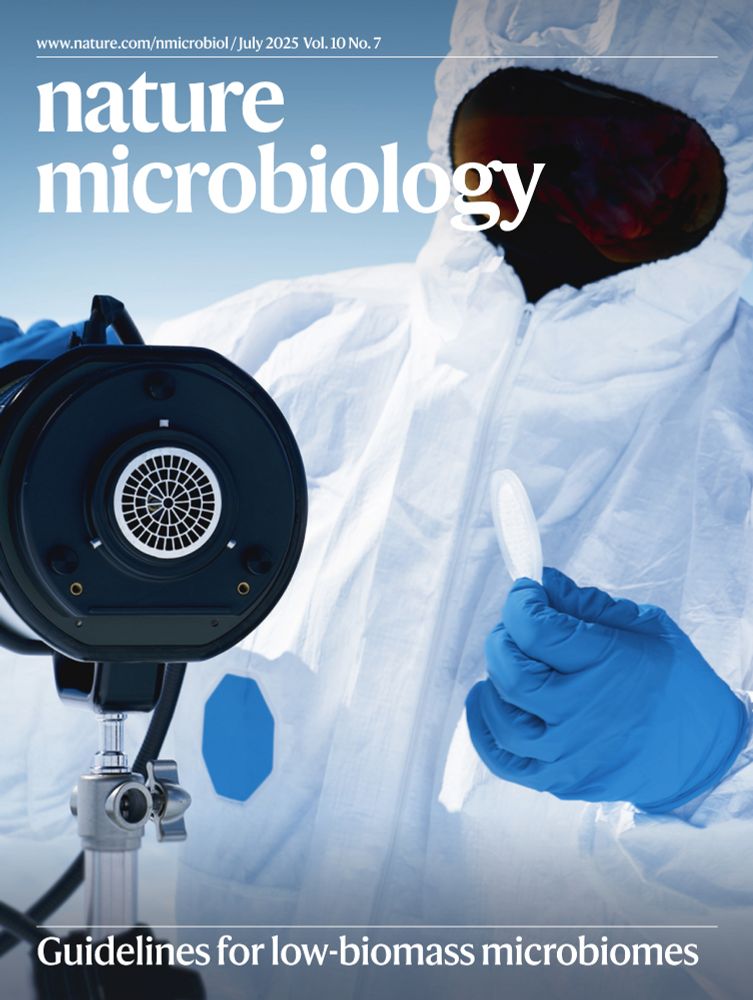
Our new consensus statement on reducing and reporting contamination in microbiome studies is the cover image of this month's Nature Microbiology: www.nature.com/articles/s41... In the cover photo, you can see our postdoc Sophie Holland in fully PPE sampling the atmosphere of terrestrial Antarctica.
03.07.2025 15:21 — 👍 34 🔁 11 💬 2 📌 0
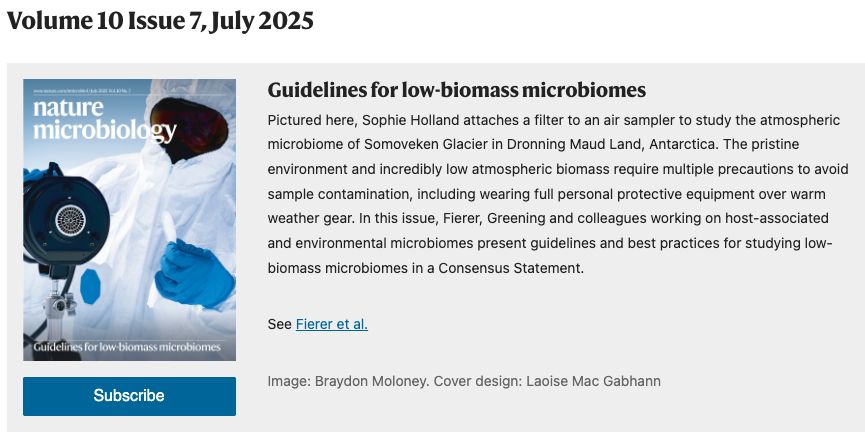
A screenshot of the Nature Microbiology website showing the journal cover - me in a cleansuit, gloves, and dark snow goggles attaching a filter to an air sampling unit. Text reads: Guidelines for low-biomass microbiomes. Pictured here, Sophie Holland attaches a filter to an air sampler to study the atmospheric microbiome of Somoveken Glacier in Dronning Maud Land, Antarctica. The pristine environment and incredibly low atmospheric biomass require multiple precautions to avoid sample contamination, including wearing full personal protective equipment over warm weather gear. In this issue, Fierer, Greening and colleagues working on host-associated and environmental microbiomes present guidelines and best practices for studying low-biomass microbiomes in a Consensus Statement.
See Fierer et al.
Image: Braydon Moloney. Cover design: Laoise Mac Gabhann"
Guess who's the coverboi for @natmicrobiol.nature.com this month? 💁 A huge shout-out to Dr Rachael Lappan for entrusting me to carry out the sampling for this incredibly cool atmosphere microbiome project on her behalf, & to Braydon Moloney for capturing this moment in Antarctica last summer. [1/2]
03.07.2025 05:28 — 👍 21 🔁 3 💬 2 📌 0
Our paper demonstrating that within-species warfare interactions are ecologically important on human skin is now published in Nature Micro! www.nature.com/articles/s41...
30.06.2025 12:26 — 👍 219 🔁 97 💬 10 📌 3
After some more awesome science from amongst others @greening.bsky.social, Simon Newstead & @martinsteinegger.bsky.social and unfortunately a long drive back home, we made it back to Umeå! Thank you #Sweprot and all participants for the great company and hopefully see you next year!
17.06.2025 09:24 — 👍 3 🔁 1 💬 0 📌 0

Online now - the Review "Diverse lineages and adaptations of oxygen-adapted #hydrogenases" from @greening.bsky.social, @rhyswg.bsky.social, and colleagues.
#metalloenzyme #evolution #O2Tolerant #O2Sensitive #GasChannels
Read it here 👉 authors.elsevier.com/a/1lA2s3S6Gf...
29.05.2025 14:19 — 👍 14 🔁 7 💬 0 📌 1
Thanks so much Christoph. That's super kind. We really did stumble on this serendipitously, building on great work from Conrad, King, Constant, etc before. I totally agree. Such a simple and intuitive yet still unexpected mechanism that really makes us rethink the minimal needs for life.
25.03.2025 10:08 — 👍 2 🔁 0 💬 0 📌 0
I'm absolutely taken by your work – and your team's work – on how microbes get by living from "thin air". it's only a "paradigm shift' for microbiologists brought up with the idea that bugs live by "feast or famine", what they do not only in the lab. but the famine part is way more interesting...
22.03.2025 23:04 — 👍 1 🔁 1 💬 2 📌 0

Hydrogenase-driven ATP synthesis from air
All cells require a continuous supply of the universal energy currency, adenosine triphosphate (ATP), to drive countless cellular reactions. The universally conserved F1Fo-ATP synthase regenerates ATP...
Energy from air? No problem! In our new preprint, we reconstitute the machinery that allows microbes to endure starvation. By using the trace amounts of hydrogen in air alone, they produce plenty of chemical energy (2 ATP) to get by. The only byproduct? Water. www.biorxiv.org/content/10.1...
20.03.2025 00:57 — 👍 85 🔁 29 💬 5 📌 5
Nature Microbiology publishes the latest research and commentary in all areas of microbiology.
https://www.nature.com/nmicrobiol/
Microbes, genomes, microbial genomes. Assistant professor at Georgia Tech.
microbes, metagenomes, protein structures and volleyball
PI @SVI Biochemist dedicated to metabolic kinases and training the young guns.
Biophysicist/Statistical physicist, Protein Quality Control / proteostasis (chaperones galore), energy-driven processes in the cell, machine learning/AI for proteins, and origins of life @EPFL, Lausanne.
Opinions are mine.
#SempreForzaToro
Chemical Biologist in the Schroeder lab at Cornell
chemical ecologist | goldenrod enthusiast
Microbial ecologist - Oceanographer
Postdoctoral Fellow @univie.ac.at
@microbialoceanv.bsky.social
#MSCA awarded project #MIMEPOC
#WomenInSTEM
I study how bacteria kill plants. Interested across biological scales: molecular 🧬, cellular🦠, organismal 🧫, ecological 🥀🌍, and evolutionary 🧬.
Optimistic pessimist: The world is dark, so how can we slow the decline?
Microbiology / bioinformatics / photography and running around
Microbiologist at Queen Mary University of London.
I work on anaerobes, biofilms, host-microbial models, bacterial volatile metabolites and oral microbiota-systemic axis.
Passionate about guitars, motorsport and cricket. #bikerlife
Views my own.
Associate Professor, MIT
Still thinking about the 10^9 mutations generated in your microbiome today.
Website: http://lieberman.science
PostDoc @UGrenobleAlpes ; Ph.D @iacskolkata @MADLAB;
@RKMRC_NDP @mcautonomous Alumnus; Bibliophile 📚; Orophile🗻; Caeruleaphile 💙; Shutterbug 📸; Amateur Badminton Player 🏸.
Bioinformatician | Microbial ecologist | Type 2 fun
https://jkzorz.github.io/blog/
Senior Researcher at Stockholm University Baltic Sea Centre and SciLifeLab.
Microbial generalist 🦠 | Keen freediver & birdwatcher | Reluctant #Rstats enthusiast | she/her
Antimicrobial Resistance | Sustainable Solutions.
Combining Engineering, Social, Biological, Evolutionary, Chemical and Clinical solutions to AMR
(she/her) Research Fellow @monashBDI in the Lithgow Lab. 👩🏼🔬






